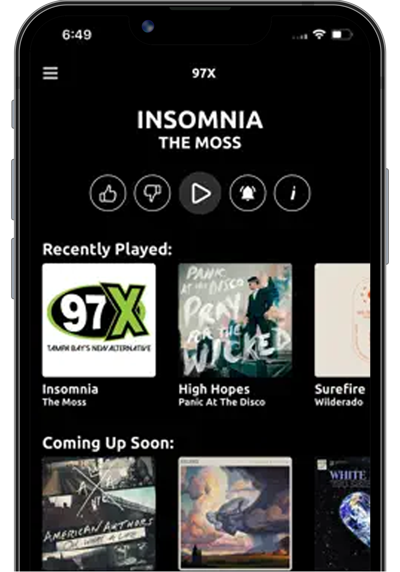As tropical storms are born and move to make landfall, millions look to the National Hurricane Center to track their movements.
What they see once a storm has reached tropical storm status – sustained winds of 39 mph – is a cone that encompasses a forecast path for the storm.
What is the cone and how should you look at it? Here’s what to know about it and how to use it.
What is the cone?
The cone is a compilation of forecasts of tropical system paths. It is presented as a cone because when the storm is farther away from making landfall, the potential to hit different areas is greater than when it moves closer to land, when the information used to forecast the system’s movement comes into better agreement.
The cone is sometimes called the “cone of uncertainty” because of the margin of error involved in forecasting where a storm will make landfall.
What do you look for with the cone?
Forecasters urge those watching the movements of a tropical system to focus on the entire cone as the storm moves toward land because the storm is likely to hit somewhere within that area.
According to the National Hurricane Center there is an average landfall error of 200 miles on day five from the expected landfall. That average error drops as the storm nears making landfall.
As the storm gets closer to making landfall, the forecast gets more accurate, history shows.
“One can also examine historical tracks to determine how often the entire 5-day path of a cyclone remains completely within the area of the cone,” the NHC explains.
“Based on forecasts over the previous 5 years, the entire track of the tropical cyclone can be expected to remain within the cone roughly 60-70% of the time.”
How do you read the cone?
Here are the 11am EDT Monday 26 September Key Messages for Hurricane #Ian.
— National Hurricane Center (@NHC_Atlantic) September 26, 2022
Latest Advisory: https://t.co/tnOTyfOjMY pic.twitter.com/3yeYqkQCxe
Here is how the NHC explains the forecast:
The solid white area depicts the track forecast uncertainty for days 1-3 of the forecast, while the stippled area depicts the uncertainty on days 4-5.
To form the cone, a set of imaginary circles are placed along the forecast track at the 12-, 24-, 36-, 48-, 72-, 96- and 120-hour positions.
The cone is then formed by connecting the area swept out by the set of circles.
The National Hurricane Center updates its forecast track cone at 5 a.m., 11 a.m., 5 p.m. and 11 p.m. ET.
©2022 Cox Media Group










